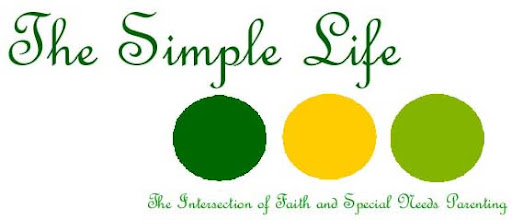Cerebral Palsy (CP) is a large subject. Similar to autism, each individual affected by CP may be challenged in different ways, to different degrees, and with different support needs. There are various known causes of CP, but all involve damage to the neurological system, usually centered in the brain. High risk factors include premature birth, bleeding in the brain, seizures, exposure to alcohol or drugs in utero, exposure to certain viruses in utero, and asphyxia during birth or early childhood. There is no known genetic link. CP is diagnosed primarily on the evidence of abnormal motor function. Not meeting key developmental milestones like reaching for toys (3-4 months), sitting (6-7 months) and walking (10-14 months) may lead a doctor to suspect CP. Most children with CP can be diagnosed by the age of 18 months. In the case of an older child who suffers a head injury a fairly long period of careful observation may be necessary to see if the damage to the brain is permanent. MRI scans and CT can be helpful in ruling out other possible diseases or causes for neurological problems. CT scans can also detect scars, cysts and other physical changes in the brain, which are frequently present in individuals with CP. There are several different sub-types of CP. These can refer to the
specific movement challenge, the
area of the body affected, and the
degree of impairment. Sometimes all three categories are used in combination.
- Movement challenge may be described as spastic (muscles that cannot relax), athetoid (involuntary movement of a muscle, also known as dyskinesia), hypotonic (lacking good muscle tone), or ataxia (poor balance and coordination).
- The area of the body involved may be hemiplegia (one side of the body), diplegia (legs), or quadriplegia (all four limbs).
- For degree of impairment mild, moderate, and severe are generally used, but these are highly subjective and not easily measured.
Taken together an individual might have
moderate spastic diplegia. It should be noted that though an individual's primary impairment might be spasticity (for example) symptoms of ataxia or athetosis might also be present.
Traditinally treatment for CP involves multiple hours of physical therapy and occupational therapy, braces to compensate for muscle imbalance, mechanical aids, and speech therapy. As with most disablities, early intervention is key to overcoming challenges and learning new ways to meet difficult situations. Medications may be prescribed to control seizures and muscle spasms. More cutting edge therapies include neural stem cell therapy, hyperbaric oxygen therapy and botox therapy.
I have earlier shared the
story of Caitlin who, along with her parents, is near the top of my hero list. There is an
article associated with the slideshow that gives more context for the story. Caitlin is one of approximately 9% of children affected by CP due to complications at birth, and one of the sweetest, most joyful kids I know.
You can read more hero stories
here.
Resources I consulted in preparing this post:
Cerebral Palsy Program/Guide (Please note that this site is addressed to Doctors and presents information in a very clinical voice which may be uncomfortable for some readers.)
cerebralpalsy.org (written for parents)
Google health

1 comment:
My daughter was born at 33 1/3 weeks-- and when she was about 9 months old we were told that she might have CP-- The Dr was wrong!, she just needed some physical therapy--so, This topic is near and dear to my heart!
Post a Comment